Household Energy Storage System
Available various solutions for home off grid/ on grid/ and hybrid solar system , Stacked / Wall-mounted /Cabinet style, from 5KWH-100KWH
Home energy storage
Home energy storage devices store electricity locally, for later consumption, also known as “Battery Energy Storage System” (or “BESS” for short), at their heart are rechargeable batteries, typically based on lithium-ion controlled by a computer with intelligent software to handle charging and discharging cycles. Companies are also developing smaller flow battery technology for home use. As local energy storage technologies for home use, they are smaller relatives of battery-based grid energy storage and support the concept of distributed generation. When paired with on-site generation, they can virtually eliminate blackouts in an off-the-grid lifestyle.
Is home energy storage right for now?
For years, many people saw energy storage as a novelty or the preserve of people living off-grid. Now technological developments and the growth of domestic renewable energy mean this is an area with big potential.
Energy storage works well with the idea of the ‘smart home’. Many smart storage systems allow you to keep track of your energy use online and charge the batteries with low rate electricity from the grid if you’re on a tariff that is cheaper at certain times of day, such as Economy 7.
We’re starting to see energy storage playing a role in smart energy management at the grid level. In the future, we could see people using their energy storage devices, including hot water cylinders, to store excess electricity, in return for preferential rates.
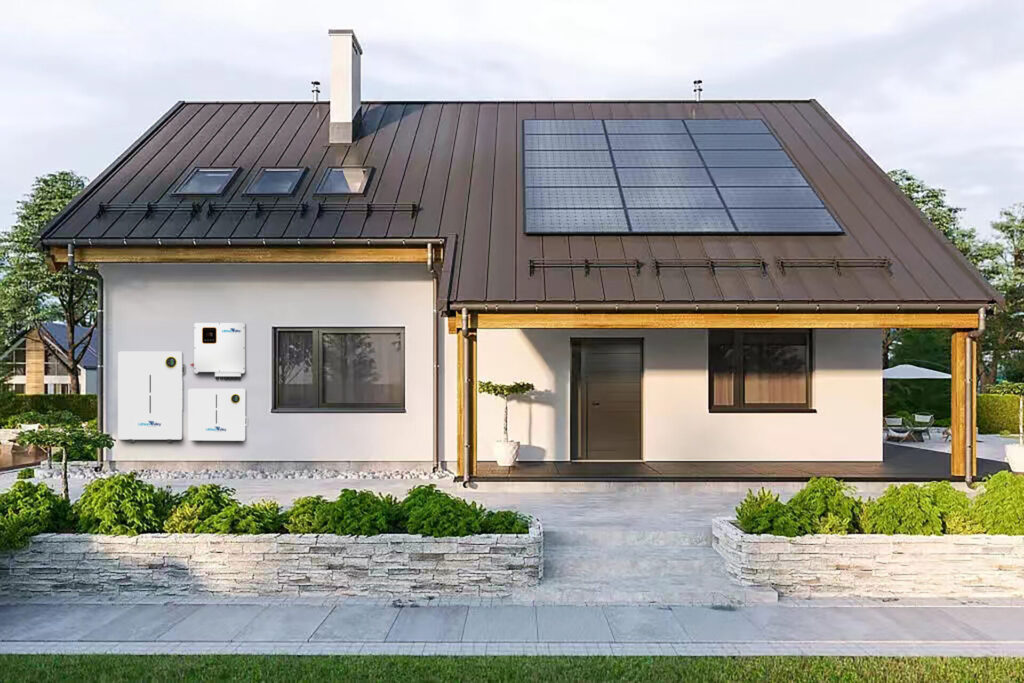
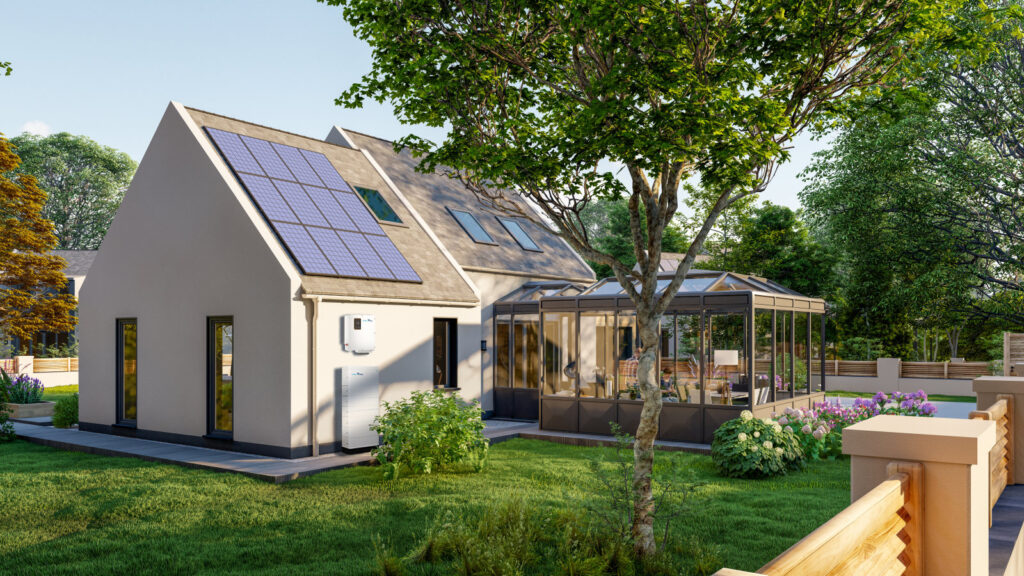
Advantages Of Lithium-ion Batteries
Lithium-ion batteries power all sorts of devices – power tools, notebook computers, tablets, cell phones, and electric cars. They have some distinct advantages over wet-cell lead-acid batteries, such as you’d find in your car. The rapid drop in prices and evolution of lithium-ion batteries and associated technology is changing all that. The new generation of solar energy storage is cheaper to buy, more cost-effective, streamlined, and better looking.
- Lighter
- Higher energy density
- Lower self-discharge
- Lower maintenance
- No “memory effect”
- Increased cycle life
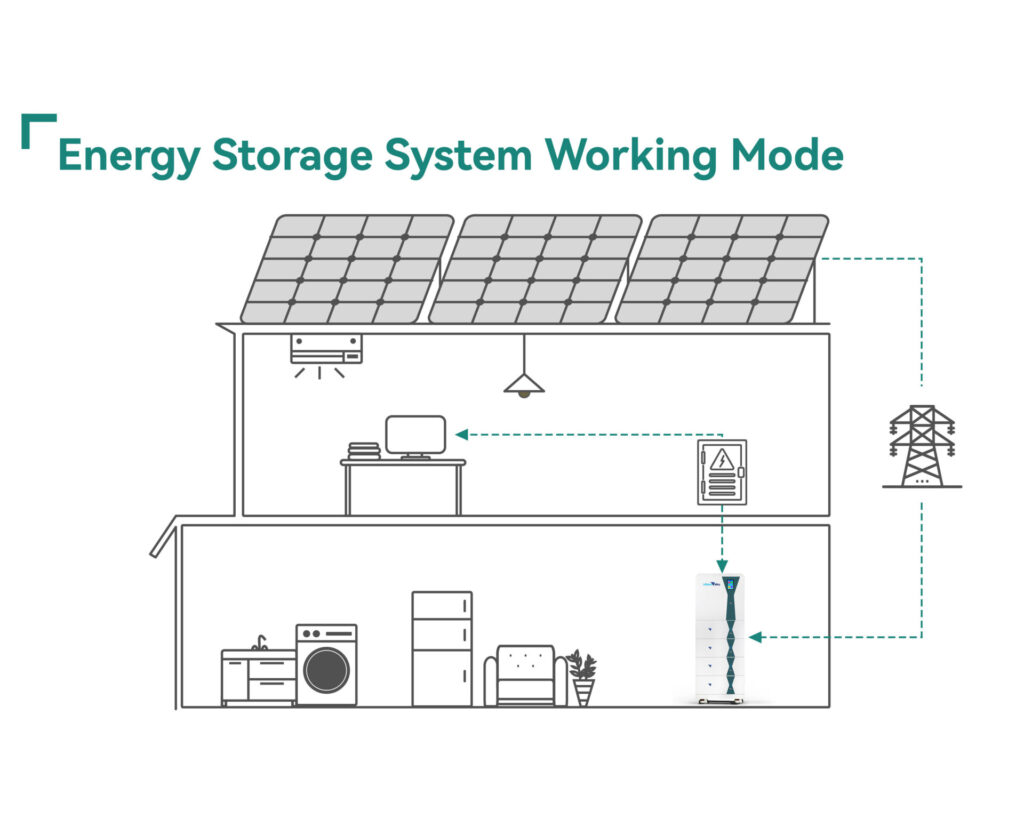
Popular models for home storage system,
| Battery Voltage | Battery Capacity | Total Energy |
| 12v | 100Ah | 1280WH |
| 12v | 200Ah | 2560WH |
| 24v | 100Ah | 2560WH |
| 24v | 200Ah | 5120WH |
| 48v | 50AH | 2560WH |
| 48V | 100Ah | 5120WH |
| Other model customizeable, battery also can be put in parallel for high capacity | ||
A solar photovoltaic (PV) system changes sunlight into electricity. Sunlight is caught by the solar panels and converted into usable electricity by the inverter. This can then be used to power appliances in your home directly, or stored in a battery for use later when the sun is not shining. If not used or stored, the excess electricity is directed back to the grid.
How Home Battery Energy Storage Systems Work
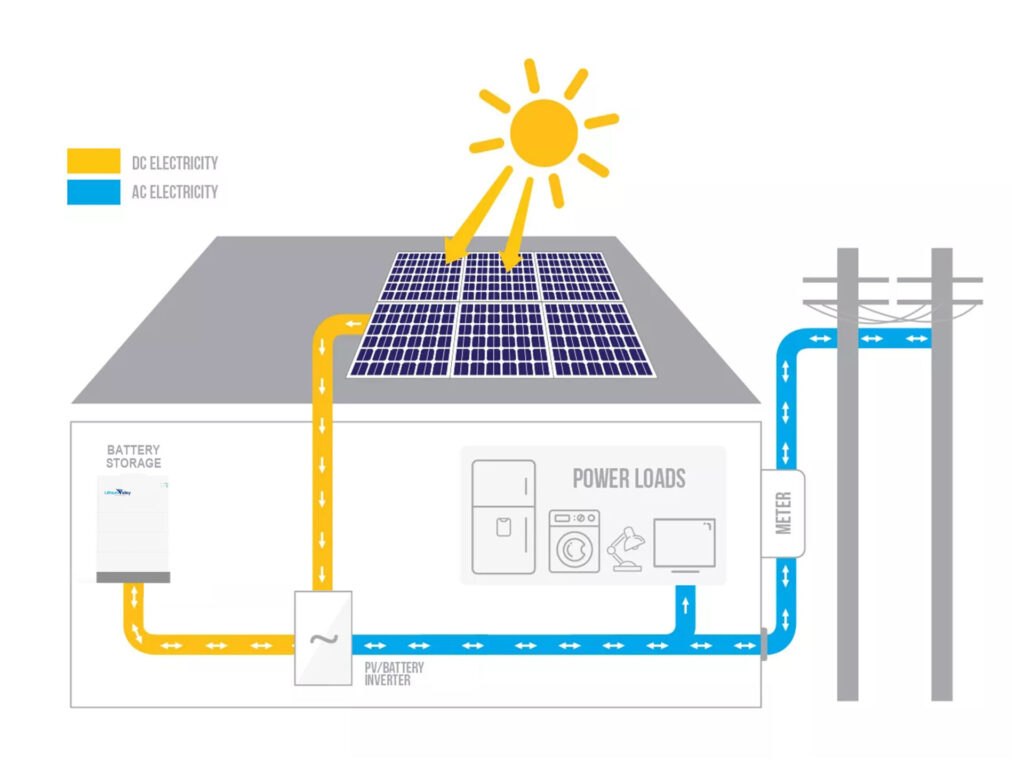
- Solar panels convert sunlight to DC (Direct Current) electricity.
- Any surplus DC electricity charges the power system.
- The inverter converts the DC electricity to AC (Alternating Current) for use in the home.
- The inverter can also convert AC to DC to charge the system using cheap off-peak mains power.
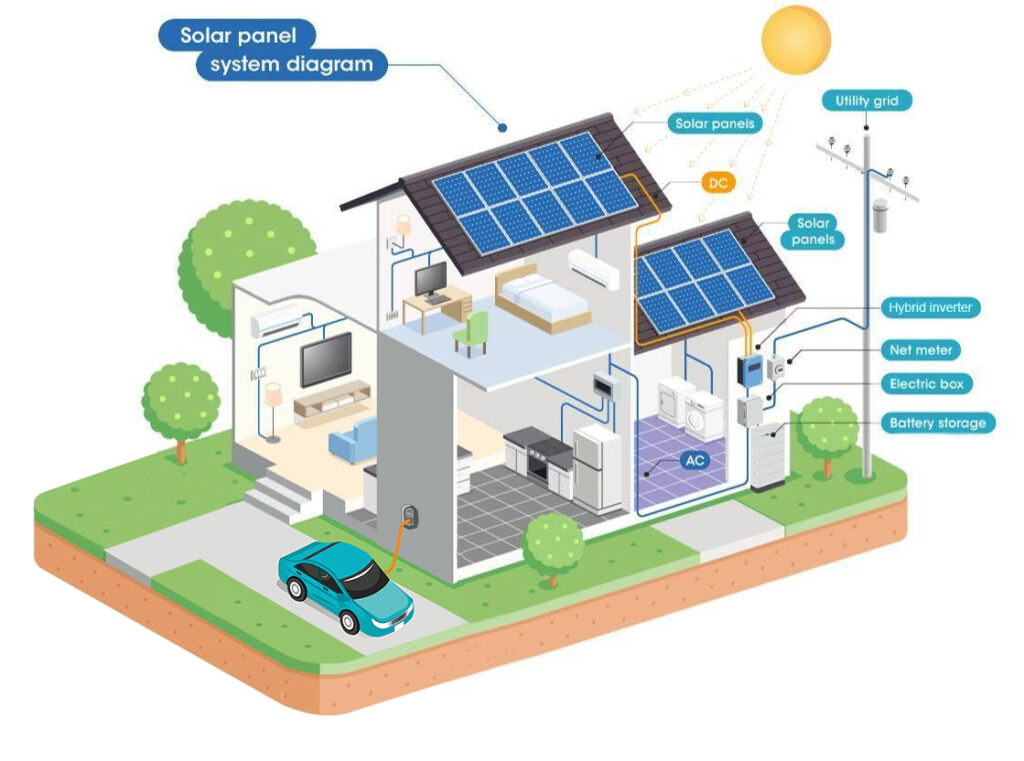
Popular models

Specifications:51.2V 200Ah
Charging current:50A Discharge current:200A
Inverter: 5kW/10kW (Optional)
Support battery parallel High power efficiency
Communication mode(RS485)
Support customization(51.2V50Ah/100Ah)

Safe and reliable: Long life time, multiple protection functions
Smart and simple: RS485/CANBUS/Bluetooth available, supporting remote monioring
Foolproof socket design: The fuselage is all designed with foolproof sockets to prevent short circuit and danger of equipment caused by wrongly connecting the positive and negative poles of the sockets.
Wide voltage input, constant voltage output:
90-280V grid voltage range, intelligent output constant voltage technology, can prevent damage to household appliances, short circuits and other safety hazards caused by grid voltage fluctuations and shocks
Welcome customized order
10KWH Home Energy Storage
The home energy storage system is a small energy storage system developed by Lithium Valley Technology. It can be charged by solar energy or grid power. It is suitable for home energy storage and areas with high protection requirements without grid power or unstable power supply.
The system integrates a solar charge controller, system controller and inverter, lithium battery packs, and lithium battery management system-BMS all in one. Effectively use the energy storage system to convert clean, environmentally friendly renewable energy into state-use electricity.
It has the advantages of high efficiency, energy-saving, and stable power supply, especially the use of lithium iron phosphate battery as the carrier of power storage, which extends the service life of the system.
| 10kWh-30kWh Household Energy Storage | |
| Specifications | 51.2V 50Ah-500Ah |
| Inverter | 5kW/10kW |
| Output voltage | 110V/220V/380V |
| Charging mode | Electric power/Solar |
Are You Ready For Lower Power Bills And A Clean Energy Future?
Home Energy Storage Comes Of Age
Lithium-ion-based residential energy storage has been around for a couple of years. There are also open concepts that work with most solar battery technologies and any existing grid connect inverter, such as SMA’s Sunny Home Manager Flexible Storage System.
However, the home battery system that sparked the current storage revolution is the Tesla Powerwall; now available via Energy Matters.
Other quality solar battery power systems at reasonable prices are also available – such as Enphase AC Battery and Germany’s Sonnen (sonnenBatterie Eco).
Renewable
Low maintenance
Efficient
Clean
Save money
Use your own-generated energy
No permit required
Independence
Property value
What People Say About Us
Client Testimonials


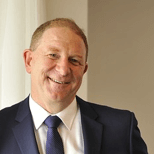
FAQ
Lead batteries have been around since the 19th century, but they’re not super-powerful, and they take up a lot of space. “Lithium ion packs more energy in a small space,” says Ceder. “They’re much less expensive than when they were introduced, and most of the major players now use lithium ion in their home battery storage systems.”
Most manufacturers and installation experts have tools to help you figure out your specific needs. Otherwise, if you have plenty of time (and patience), you can find the wattage of each individual appliance you want to power, then follow the Department of Energy’s steps for correctly sizing your battery storage system. Also, remember that a system paired with solar panels can power your home indefinitely.
Depending on the complexity of your system, upfront costs typically start around $6000, plus installation fees. There’s also the cost of adding solar at the same time if you don’t already have it. However, you can use the energy you’ve generated from solar during the day at night—thus saving money because you’re operating off-grid.
If your utility charges time of use rates (TOU), which cost you more for electricity at peak power usage times, you can use the energy stored in your battery instead of pulling from the grid when electricity is priciest. In addition, some utility companies offer net metering, meaning you sell your unused energy back to your utility company to earn credits toward your bill. You’ll have to weigh the upfront costs with potential savings in the long run, but you can reduce energy costs by up to 80 percent due to utility cost savings.
You may already know this, but installing a home battery storage system is not a DIY job. A licensed electrician must install the system, and we have certified installers who have received additional training to guide you.
You need to check the capacity of the batteries. This is usually measured in kilowatt hours (KWh). Any output, such as an inverter, will be measured in watts or kilowatts. Typically, the battery capacity should be more than the power generated by your system and ideally should store enough power to cope with 24 hours’ worth of energy supply.
You also need to measure the surge current requirements of the items you need to power — especially if you need to start something like a sump pump motor. Don’t expect to be able to power something like a pool filter or air conditioning for days on end.
Cost is also a major issue — especially if your requirements total over 15KWh of inverter power or over 30KWh per day for your batteries. You will also need to take into account inefficiencies, voltage drops, and other losses, and calculate to cover all eventualities.
Backup battery systems are generally charged by utility grid electricity or solar power. If you live in an area when you get great levels of sunshine, then consider using solar power to charge your batteries up during the day. Alternately, if your power outages are infrequent, then consider topping up the batteries using electricity when the cost is low.
You will need to carefully consider peak load in KWh per day when calculating the size of battery power you need. If your energy requirements are low — such as lighting — then most backup systems will be able to cope with this. However, if you need to run items like sump pumps, air conditioning, or heavy start load items, then you will need to consider peak loads, too.
Aside from retail pricing and installation costs, we carefully considered peak, start, and running voltage and amperage. Since these are permanent installations, you need to make sure the system is capable of handling the electrical load of all of your appliances on a daily basis. If you choose a system with less capacity than you need, you run the risk of frying the wiring in your whole house; but if you choose something with more capacity, not only will everything run smoothly, you have room to expand as your power needs change.
Ask Us Anything. anytime.
Email: [email protected]
Tel: +86 15957165590
